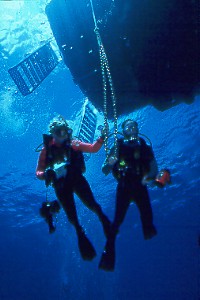| Home |
Diving Fiji on the Nai'a
Fiji is a land of 333 islands, many of which are uninhabited. The two main islands are Viti Levu and Vanua Levu.
The islands of the Yasawa Group lie to the west, and the Lau group to the east. It is a place to cruise, dive, snorkel,
hike, fish, and now even do some whitewater rafting and zip lining in the jungles. The people are warm and friendly,
with the word "Bula" said at every meeting. It means "hello", "welcome", "cheers", or "good health".
Fijians are a happy people, and want you to be happy, too, and their smiles are infectious.
Visitors to Fiji should bring light tropical clothing, but bikinis and ultra brief attire is offensive to the people
when off the resort. A "Sulu", a wrap around skirt, is a must for both men and women. There are many ways to wear the
Sulu, even for evening wear! Both men and women should be careful to respect local customs.
 Aeolid Nudibranch Aeolid Nudibranch
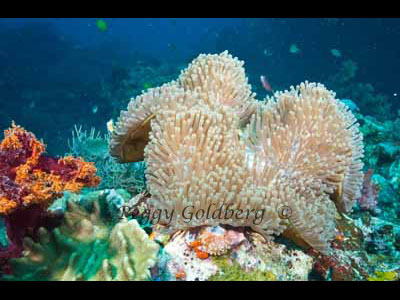 Anemone Anemone
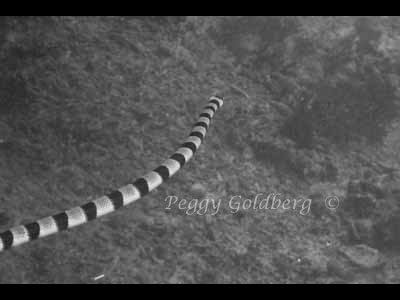 Banded Sea Snake Banded Sea Snake
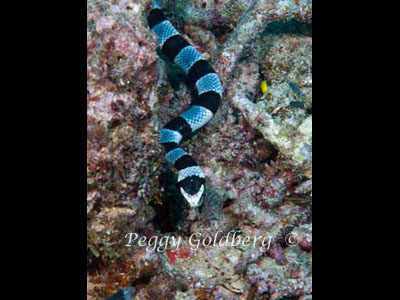 Banded Sea Snake Banded Sea Snake
 Black And Red Flatworm Black And Red Flatworm
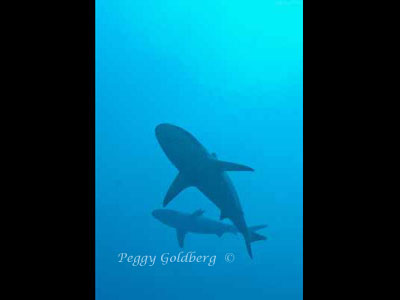 Blacktipped Sharks Blacktipped Sharks
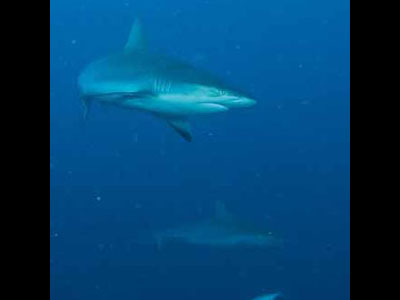 Blacktipped Sharks Blacktipped Sharks
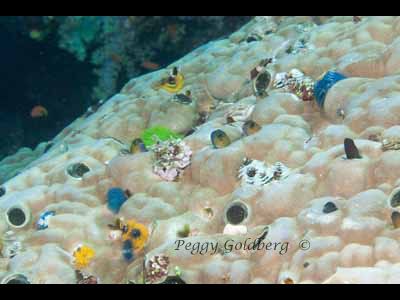 Blenny XmasWorm Condo Blenny XmasWorm Condo
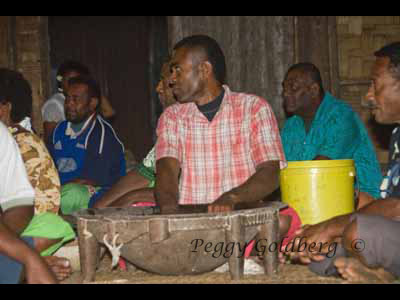 Chief Making Kava Chief Making Kava
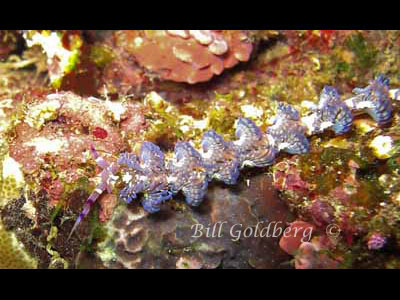 Chinese Dragon Chinese Dragon
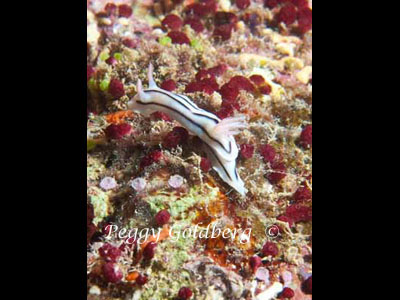 ChromodorisLochi Nudibranch ChromodorisLochi Nudibranch
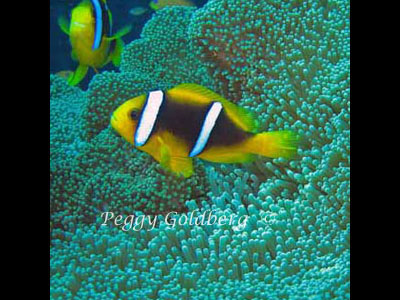 Clarks Anemone Fish Clarks Anemone Fish
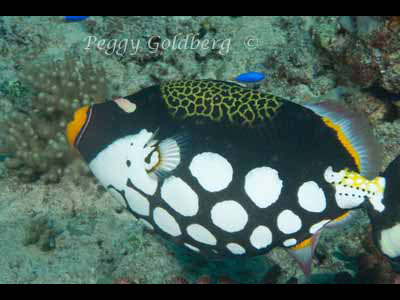 Clown Triggerfish Clown Triggerfish
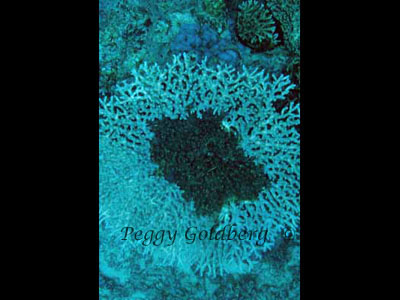 Coral Bleaching Coral Bleaching
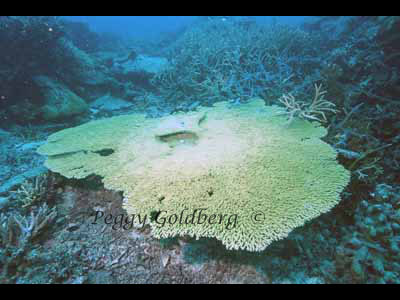 Bleaching HardCoral Bleaching HardCoral
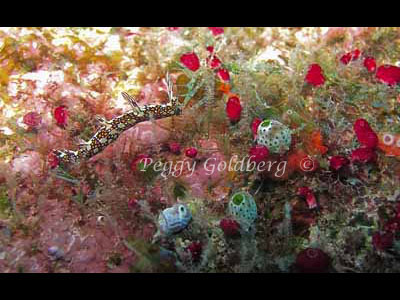 Dentdronotid Nudibranch Dentdronotid Nudibranch
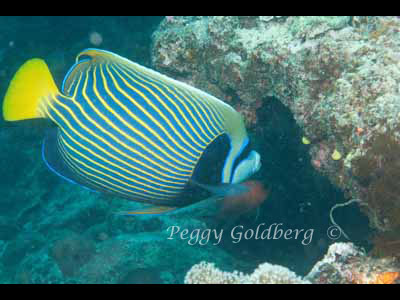 Emperor Angel Emperor Angel
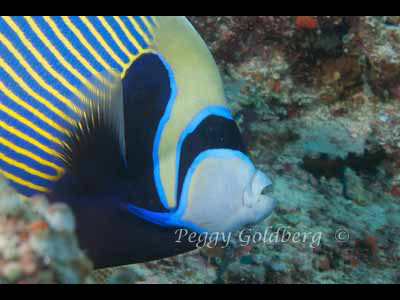 Emperor Angelfish Emperor Angelfish
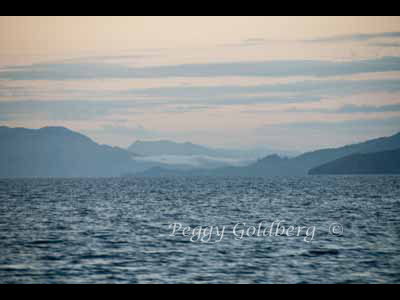 Fiji Bligh Waters Fiji Bligh Waters
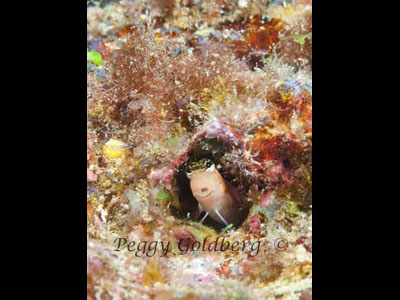 Fiji Clown Blenny Fiji Clown Blenny
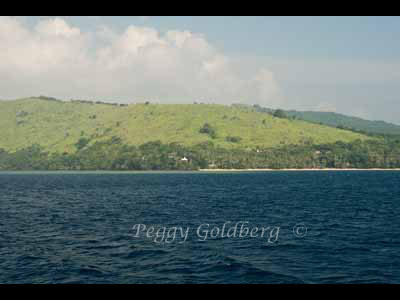 Deforested By Logging Deforested By Logging
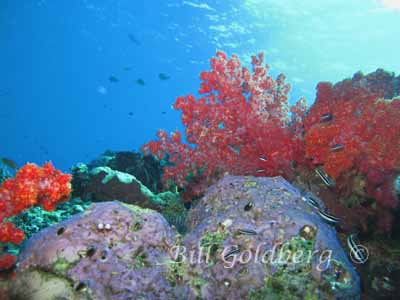 Fiji Reef Fiji Reef
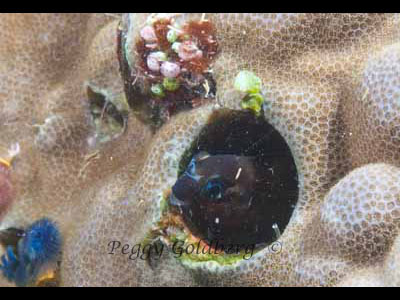 Filamentous Blenny Filamentous Blenny
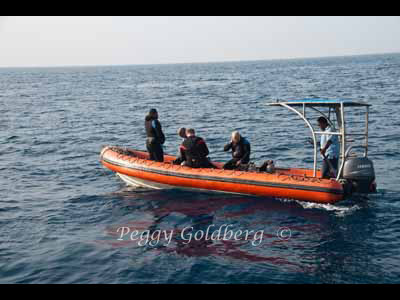 Getting To Dive Site Getting To Dive Site
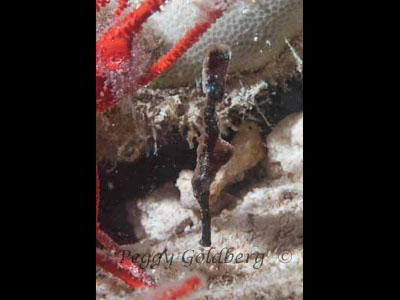 Ghost Pipefish Ghost Pipefish
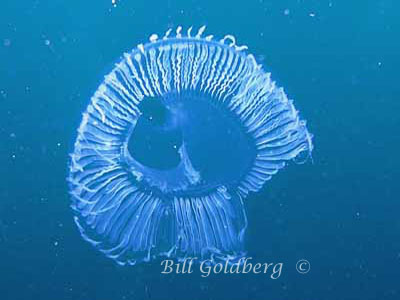 Jellyfish Jellyfish
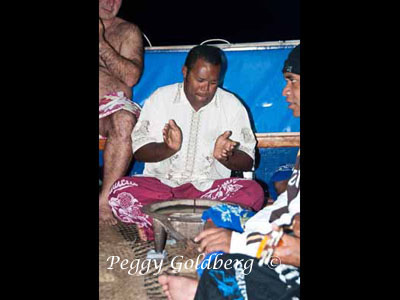 Kava Clap Kava Clap
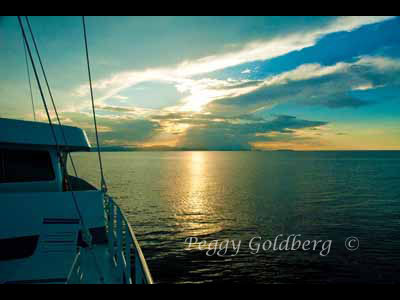 Last Sunset Last Sunset
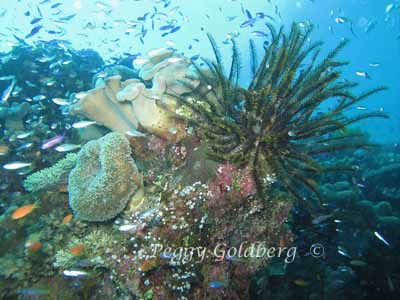 Leather Corals w/Fish Leather Corals w/Fish
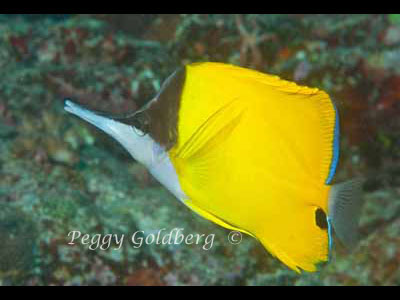 Longnosed Butterflyfish Longnosed Butterflyfish
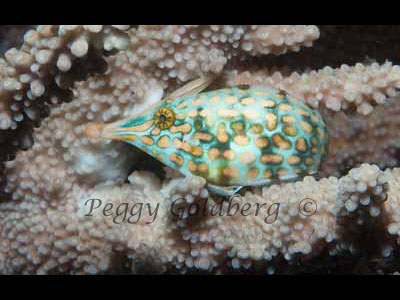 Longnosed Filefish Longnosed Filefish
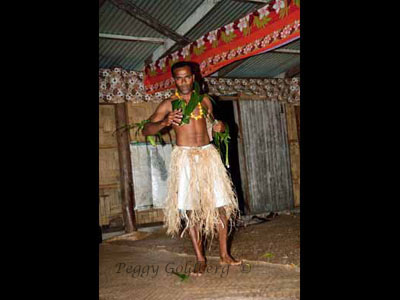 Male Dancer Male Dancer
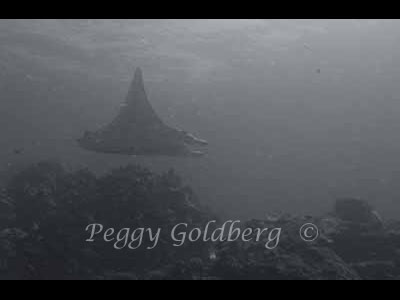 Manta Manta
 Mantis Shrimp Mantis Shrimp
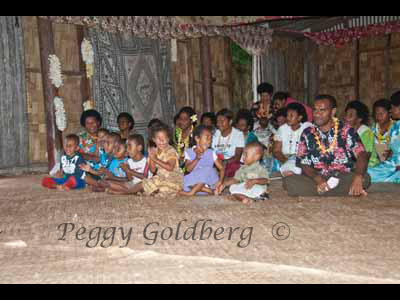 Meke Children Meke Children
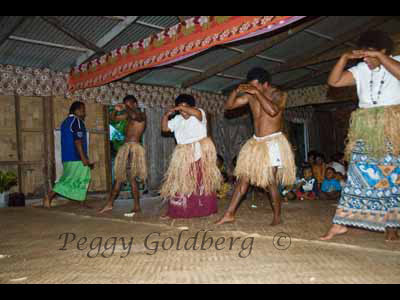 Meke Dancers Meke Dancers
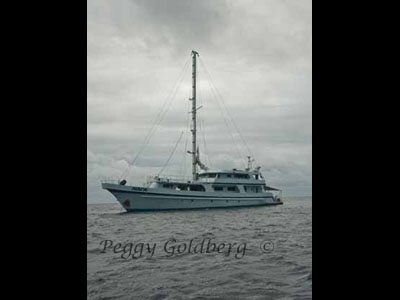 Nai'a At Anchor Nai'a At Anchor
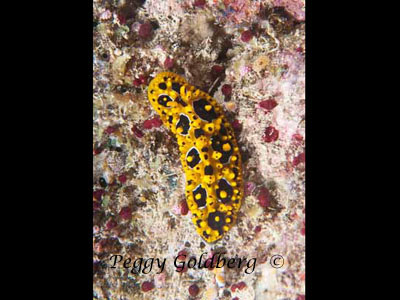 Nudibranch Nudibranch
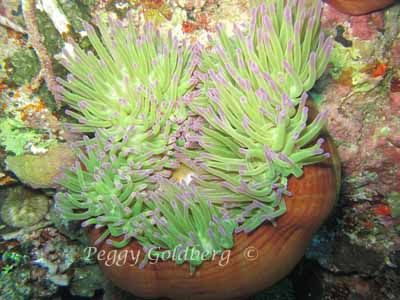 Orange Anemone Orange Anemone
 Orange Anemone Closed Orange Anemone Closed
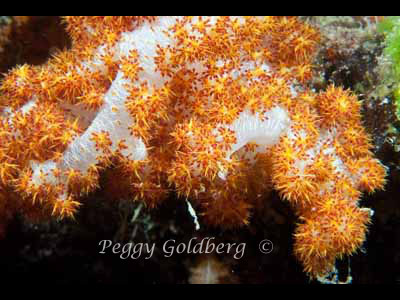 Orange Soft TreeCoral Orange Soft TreeCoral
 Pink Anemonefish Pink Anemonefish
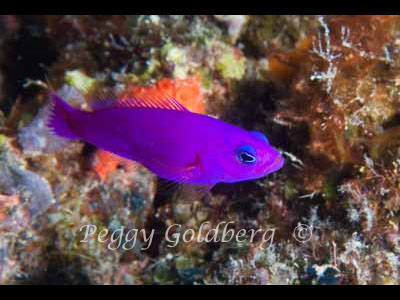 Purple Queen Anthias Purple Queen Anthias
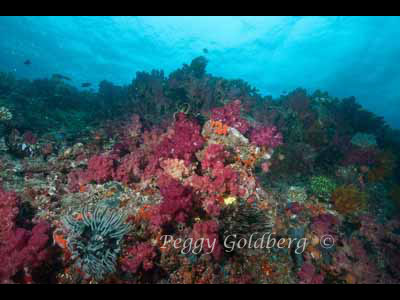 Purple Wall Purple Wall
 Randall ShrimpGoby Randall ShrimpGoby
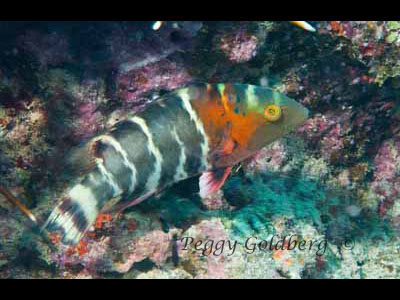 Redbreasted Wrasse Redbreasted Wrasse
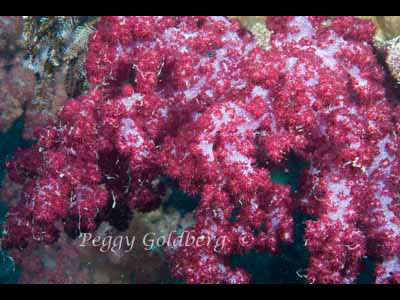 Red Soft TreeCoral Red Soft TreeCoral
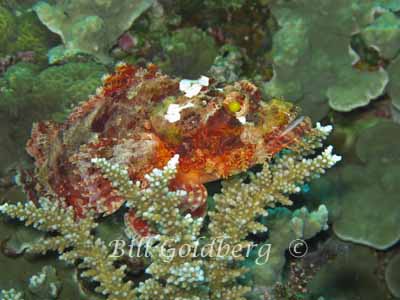 Scorpionfish Scorpionfish
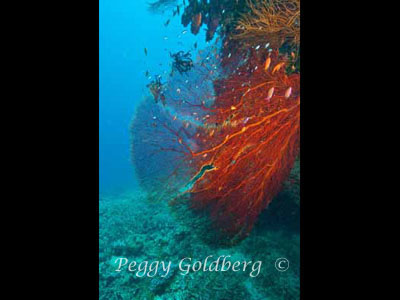 Sea Fans Sea Fans
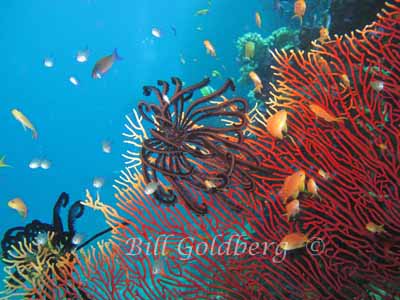 Sea Fans w/Crinoids Sea Fans w/Crinoids
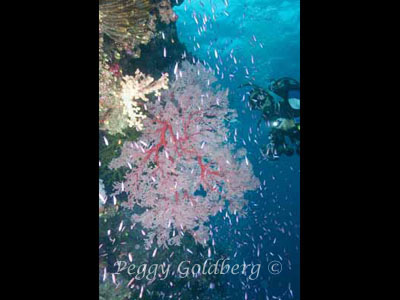 Sea Fan w/Anthias Sea Fan w/Anthias
 SemiCircle Angelfish SemiCircle Angelfish
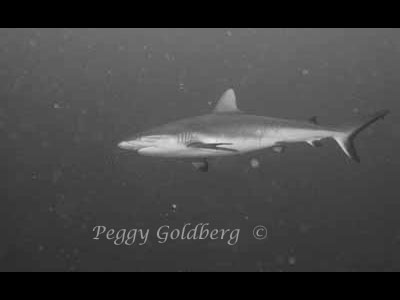 Shark Shark
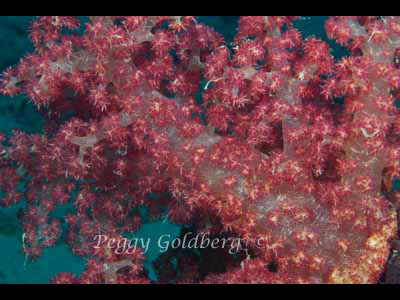 Soft Corals Soft Corals
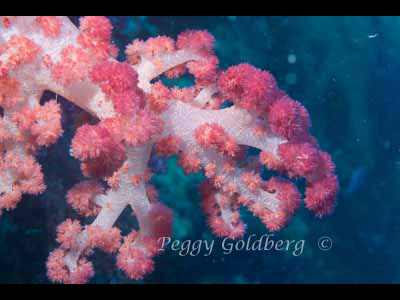 Soft TreeCoral Soft TreeCoral
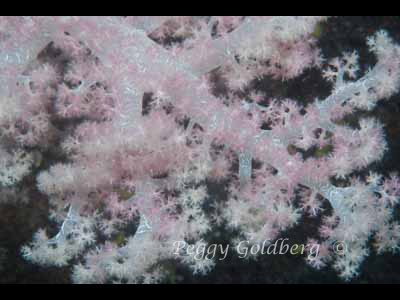 Pink Soft TreeCoral Pink Soft TreeCoral
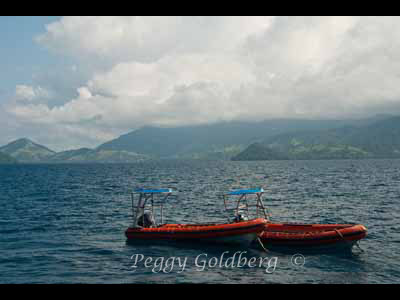 Tenders Tenders
 Threadfin w/Orange Anthias Threadfin w/Orange Anthias
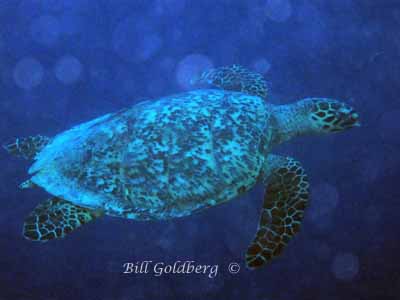 Turtle Turtle
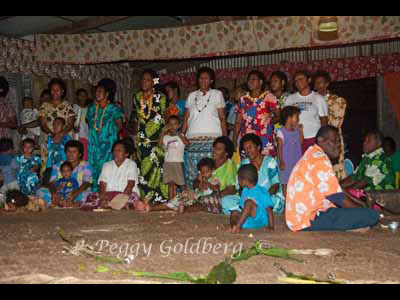 Village Sing Village Sing
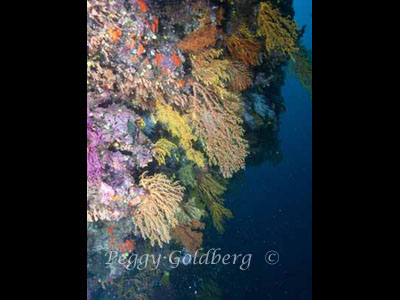 Soft Coral Wall Soft Coral Wall
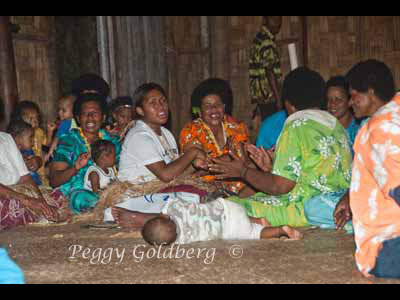 Women Singing Women Singing
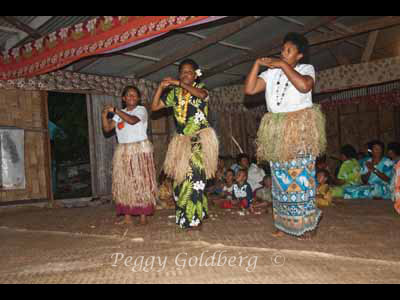 Women's Meke Women's Meke
 Nai'a At Anchor Nai'a At Anchor
The Fijian dollar is the basic unit of currency, with the exchange around $1.00 US to $1.58 Fijian. English is the language of business, but the two main groups of people, the Fijians and Indians, speak in their own vernacular.
There are only two seasons, a rainy season lasting from late November to April, and a dry season from May to November. The temperatures are not much different from season to season.
We went there to dive the reefs we had heard so much about. As usual, we elected to go on a liveaboard dive boat, as opposed to diving from a resort on day boats. Diving on the Nai'a, a 120' motor sailer, took us to dive sites that the day boats could not reach. We also got to dive reefs accessible only to this boat, so we got to see the best Fiji has to offer. We had heard about the Nai'a for many years, and this was on our bucket list of "must do" places to go and dive. Fiji has hundreds of endemic species known only to the islands....
We were picked up at our hotel in Nadi (pronounced Nandi) and taken to Lautoka, where the boat is moored. The Nai'a takes 14 divers, and the boat has recently been remodeled, so the rooms and baths were spacious and updated. The food was fabulous, with native spices and recipes prevalent. A real taste treat! The crew was incredible, seeing to our every need. We never had to handle our gear during the entire trip, the crew loaded our tanks and BC's into the tenders. All we had to do was slide into our gear and do a backward roll off the inflatable tender.
We had heard about the strong currents prevalent in Fiji, and came prepared. We carried not only safety sausages (a 6-8' yellow coated fabric inflatable tube that can be seen more easily above the waves than a divers head in rough seas), loud horns that could be heard for up to 2 miles, and decompression lift bags (if the currents were carrying us away from the tenders, we could do our 15' deco stops safely, while the large yellow bag could be seen by the crew as we drifted).
The Nai'a plies the Bligh waters, between the two main islands, out to the east in the Koro sea, down to the island of Gau (Now). We could see the islands of Fiji in the distance. The reefs were actually out at sea, where the sea mounts went from breaking the surface to starting at deeper depths. Currents were strong and ever changing. During the 10 days we spent on the boat, we experienced cloudy, rainy weather, with high winds and squalls coming through. This made the underwater visibility poor at times, creating a real photographic challenge.
What you can expect underwater is a range of bigger animals like sharks, mantas, rays, goliath grouper, sea snakes and turtles to macro, like nudibranchs, flatworms, christmas tree worms, blennies, shrimps, and crabs. Huge schools of small fish prevailed over the reefs, which were covered in a riot of colors of soft corals, lettuce corals and leather corals. One thing we did notice, however, was evidence of coral bleaching on the hard corals, as seen on a few photos. However, since this was our first trip to this area, I don't know when this started, or if it is getting worse. Being pessimistic, I am expecting future trips to only show more damage brought on by climate change. I would love to have seen photos taken in the last decade or two to compare the changes.
The routine on the boat was to get up at dawn, have a continental breakfast, dive, come back for a full hot breakfast, dive, eat lunch, dive, snack, dive, eat dinner, then a possible night dive. We only made 2 night dives, since the currents were so strong that we feared they'd never find us if we drifted off. The dive sites were only 5 to 10 minutes from the boat, and in the high seas, it was a challenge getting back in the tenders. The crew was very efficient in getting us geezers back in the boats safely, and handling all our huge cameras expertly.
Around the island of Gau, is the Nigali passage, an opening in the surrounding reef known for its 5 knot currents, and its many blacktip sharks. The Fijians revere sharks, and the clan chiefs of the island allow the Nai'a to dive the area. We would be dropped outside the passage at slack tide, hoping to catch the current coming into the lagoon, not out at sea. We would drop down and catch the E ticket ride. I would stay above 50' since the sharks seemed more active and numerous shallower. When we came to a split, where a reef divided the channels, we would quickly drop down to 70' and hang left to access a ledge. There we would hide from the current, while the sharks would swim over, under, around and through us. When the computers told us it was time to ascend, we would take the current to the right into the lagoon where turtles, and manta would play. Visibility in the lagoon was bad, as the tides kept the water churned up.
We had an opportunity to visit the village of Somo Somo- where the whole village turned out in their Sunday best to perform a Meke, and Kava ceremony for us. We all wore our Sulus and took gifts of school supplies, t shirts, batteries, etc for the village. There was the blessing, then the Kava ceremony, where we all sat cross legged around the lodge. You clapped once to receive the Kava, drink it all down - (yes it does taste like mud), and then clap 3 times when done. Some people experienced numb lips and tongue, and a mellow feeling. The men, women and children all did a dance ceremony, and sang acapella beautifully. It was a wonderful experience in a village that was not a resort's production.
If you want to experience the true Fiji and it's remote reefs, the Nai'a is the way to go. You must be an experienced diver, and comfortable in currents, but it is well worth the effort.
For more information on this liveaboard, contact them at www.naia.com.fj.
|
[Home] [ Articles] [Classes] [Commercial] [Photo Tips] [Photo Gallery]
Please contact our Webmaster with questions or comments.
©
Copyright
2000-2021 Golden Images, Inc. All rights
reserved.
|
